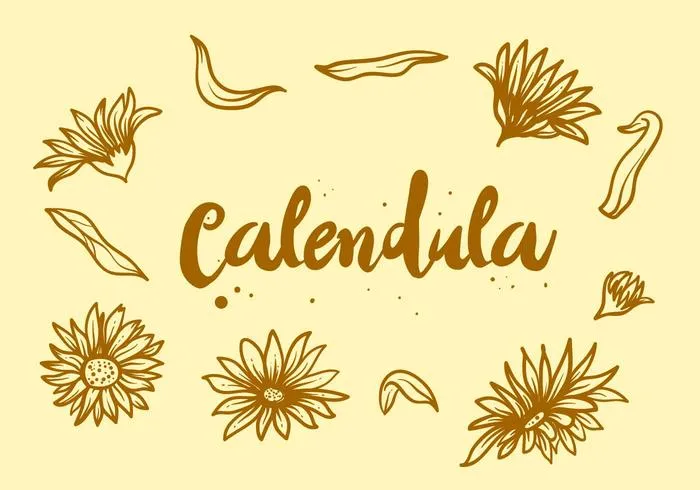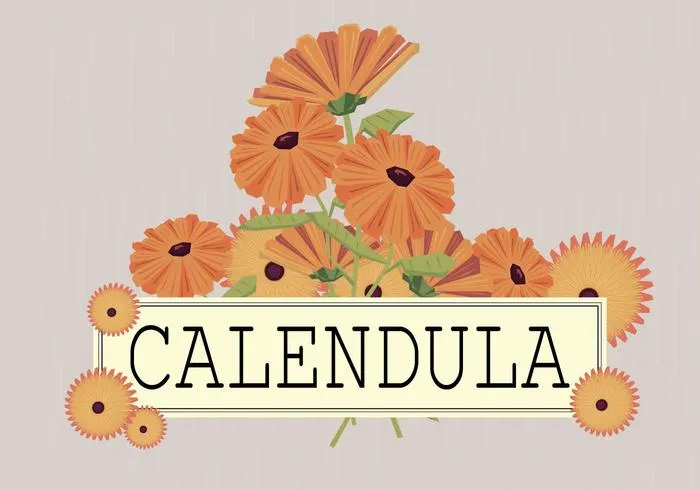
Ancient people who grew Calendula called it this because they claimed the flowers bloomed year round on the calendar, taking the name from the Roman word ‘calens.’
It is such a versatile herb that in 2008 it was named International Herb Society Herb of the Year. In order to receive the honor it has to be outstanding in at least 2 of the 3 categories. Calendula is used in all three categories medicinal, culinary and decorative.

Because of its bright orange color it can be used to dye things. It can be used in dyeing material but has also been used in dying cheese. Or even to color rice. It has been referred to as the poor man’s saffron and used in substitute of saffron. Some will use the flowers to garnish salads or soups. Crafters like to use Calendula flowers in dried arrangements.
Calendula is an annual but it sows it's own seeds freely. When growing your own pick right after they open. You will notice that it has a lot of resin. That is the medicinal part. When tasted it has many flavor qualities sweet, salty, bitter and pungent. To dry hang them upside down. Do this individually so the petals don’t stick to each other. Calendula contains a resin that makes it very sticky to touch when picked fresh. To keep the flowers open place flower head upside down on a screen to dry.

Nutritionally calendula contains beta carotene, iodine, manganese, potassium, and Vitamin C. It contains lots of iodine, manganese, and carotene all of which promote skin cell regeneration it is used a lot for the skin as I have mentioned before. Adding to soups, broths, and salads is a great way to get these much needed vitamins in your diet.
Tune in next week to find out the books you can use to start learning more about Calendula and even some great resources for kids to start their herbal learning.